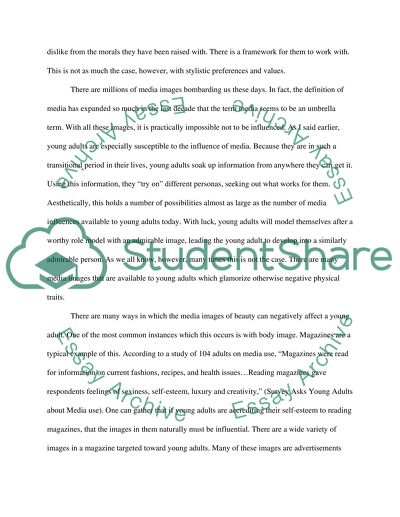Cite this document
(“Media Influence on Young Adults Research Paper Example | Topics and Well Written Essays - 1250 words”, n.d.)
Retrieved from https://studentshare.org/family-consumer-science/1412250-media-influence-on-young-adults
Retrieved from https://studentshare.org/family-consumer-science/1412250-media-influence-on-young-adults
(Media Influence on Young Adults Research Paper Example | Topics and Well Written Essays - 1250 Words)
https://studentshare.org/family-consumer-science/1412250-media-influence-on-young-adults.
https://studentshare.org/family-consumer-science/1412250-media-influence-on-young-adults.
“Media Influence on Young Adults Research Paper Example | Topics and Well Written Essays - 1250 Words”, n.d. https://studentshare.org/family-consumer-science/1412250-media-influence-on-young-adults.


